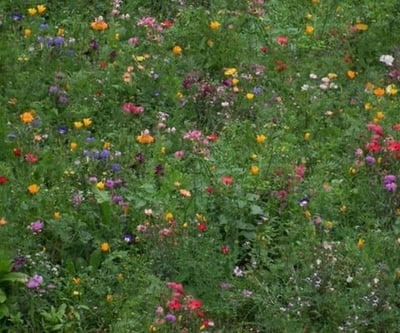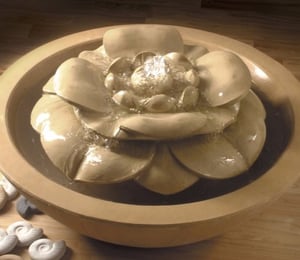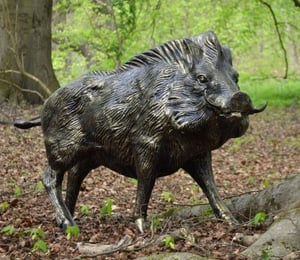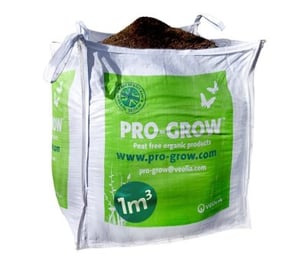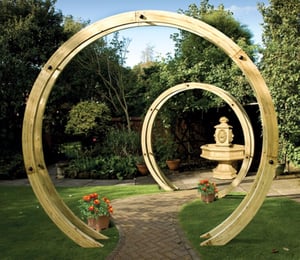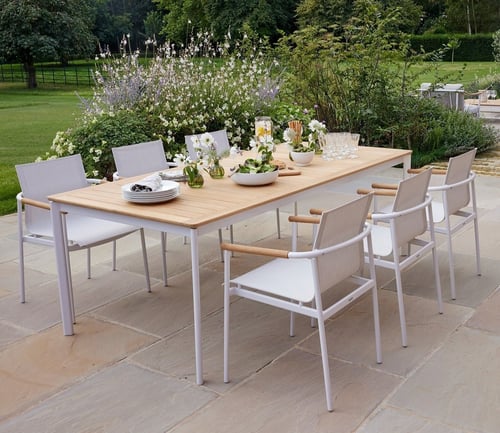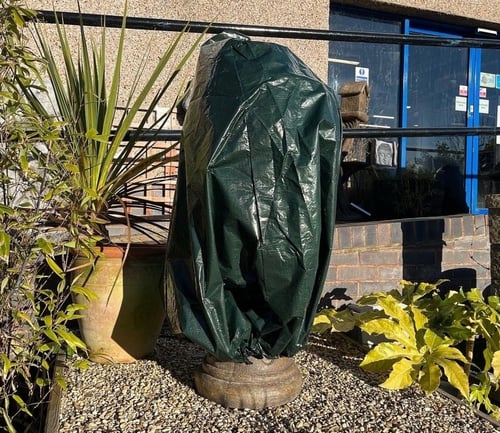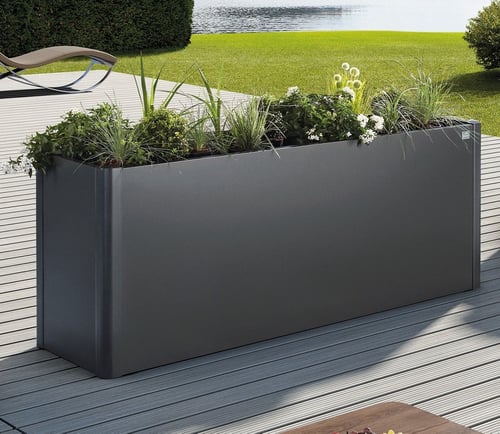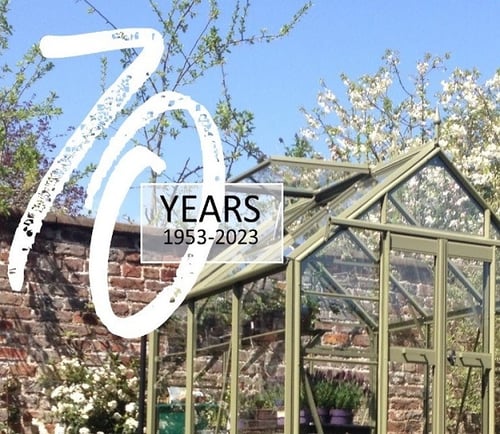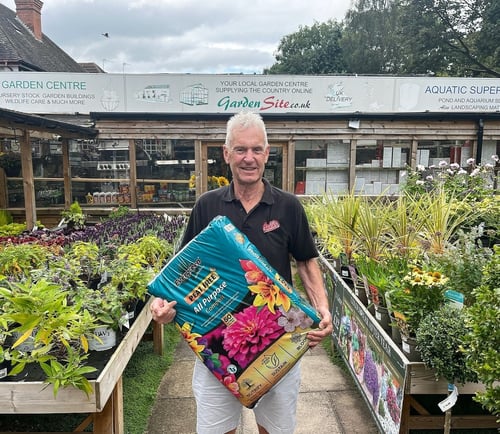A remarkable diversity of wildlife is now under threat from the advance of intensive farming and modern agricultural methods and 98% of wildflower meadows have disappeared since the 1930s. However, you can do something about it by creating your own wildflower meadow.
It may take some time to transform a lawn into a meadow but it'll be well worth the effort. You'll be creating a wildlife habitat as well as an attractive landscape that requires far less attention than a traditional lawn from spring to autumn.
Basic needs
The first requirement is for an open site that receives plenty of sunshine. It doesn't need to be the whole lawn, a small plot can be set aside, preferably an open area that won't be disturbed.
Wildflowers don't need a fertile soil, so put any fertilizer back in the shed. Mow frequently, keeping the grass very short and collecting any clippings. This process may have to continue for two years.
Although some wildflowers will establish themselves, you then have to decide on what plant species will best suit the make-up of your soil and if you have any preference for colour, habit, or any other particular characteristic.
Autumn is probably the best time of the year to plant your wildflowers. If starting from scratch, scattering wildflower seed would be the best way forward but, when converting a lawn, plug plants are recommended, planted naturally in small groups.
Make holes about 6ins x 2ins and plant the plugs onto a light layer of compost. Water well and use leaf mould around the hole to stifle any competition.
A few suggestions
The wildflowers that you choose should reflect what grows naturally in your area, here are a few suggestions that do well on most soils: The tall and very common Ox-eye Daisy, Yarrow with creamy white flower clusters, Self-heal has spikes of purple flowers, Bird's-foot Trefoil, a long-lived perennial with yellow and red flowers, Goat's Beard has plumes of small white flowers, and Betony, a beautiful purple-flowered plant that attracts bees.
Annual maintenance of a meadow consists of using a strimmer in the spring, remembering to remove all the cuttings. Then from May, there is no need to cut again until after the wildflowers have set seed in the autumn.
